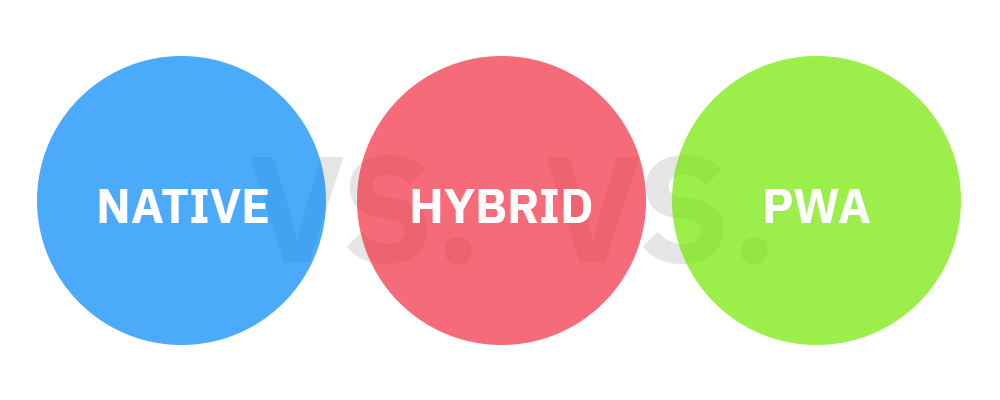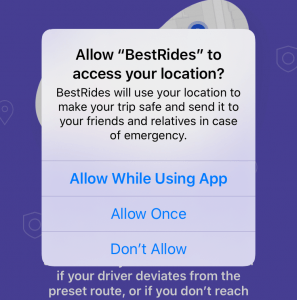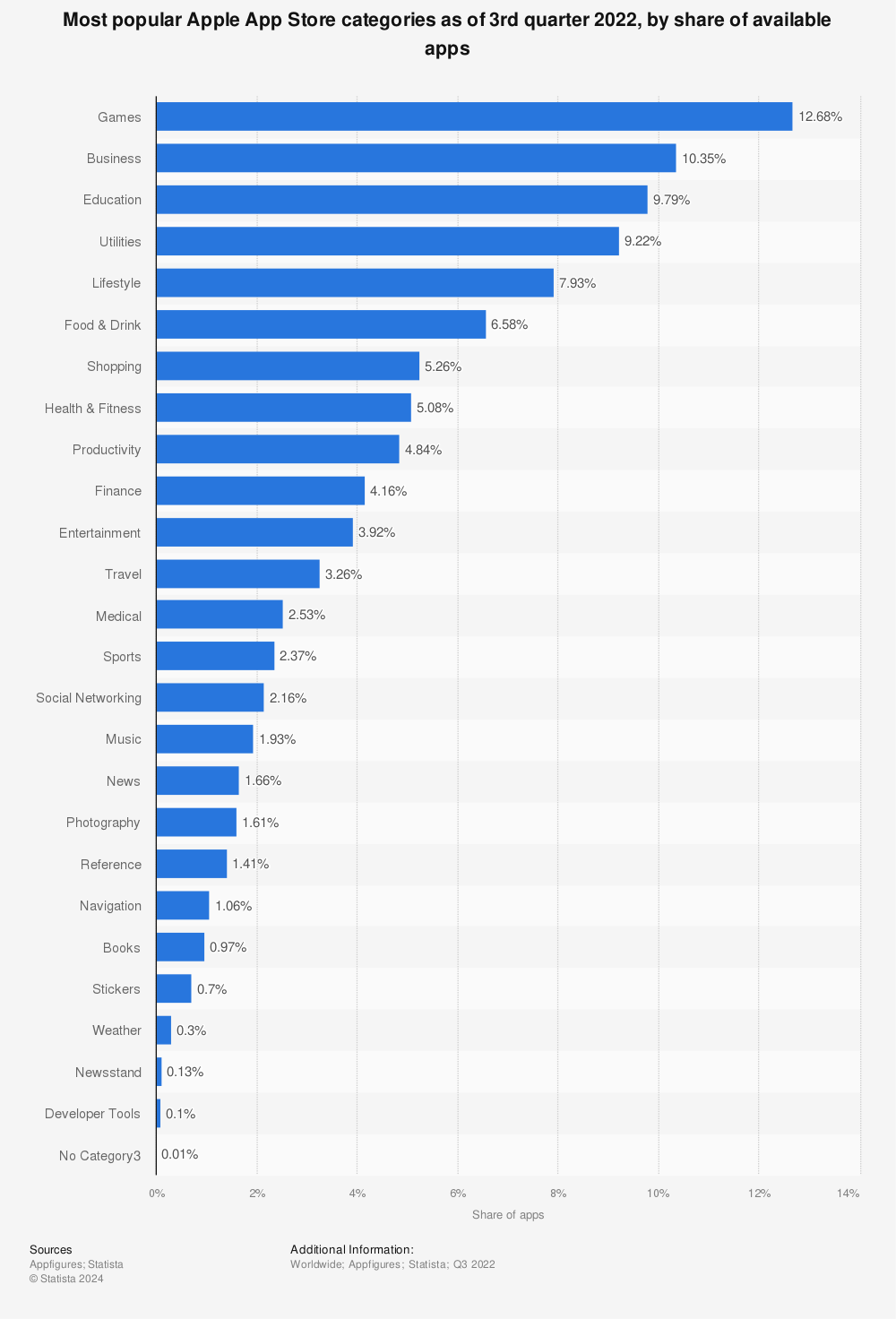Which is best for you: native apps, hybrid apps, or progressive web apps?

A high level question we get fairly often is:
What is the difference between native apps, hybrid apps, and progressive web apps? Which would work best for me?
There are of course a number of different factors including time and cost for each option, but what are the differences really? We’ll explain these differences and illustrate with some examples to provide a better idea of where your project can go and how to get it there.
Native apps are written for a specific device, like iPhones (Swift) or Android devices. (Kotlin, Java). When considering native, you need to be aware of what features your app will have, in the event it requires device level functions or authorization. You may have seen this type of message after installing an app:
This is a small example of the reasons why your thought process becomes essential. If there is a chance that your app would require Bluetooth functionality, it should be noted early in the process. Hybrid and PWA apps struggle to use a devices Bluetooth, so in that case a native app is the best option. Native apps also allow for robust hardware integrations and device sensor utilization for things like GPS and accelerometers. This extends to IoT applications that use Bluetooth or Wi-Fi settings to connect and control smart lighting, monitor tire pressure or even control a room’s temperature through embedded hardware.
When you build a native app, you are building something for the long term. Native apps perform very well and offer better user interface components compared to hybrid app development, which needs to conform to platform design elements.
A prime example of a native app and its usability advantages is PokemonGo, which leverages a phone’s gyroscope, accelerometer, GPS and camera to tap into rich Augmented Reality functions.
And yet another reason to build native is when you are looking to build a mobile game. Looking at statistics for the most popular apple app store categories, mobile games take the lead at 22% of the total based on the overall ranking of active apps. When building mobile games the user experience is by far the most imperative part, so native app development comes as no surprise.
Being a seasoned developer, we are skilled in the core mobile platforms and learn newer platforms as they come into the mainstream. This is true for hybrid platforms as well. In recent years, we have worked on numerous projects involving React Native, Xamarin, Flutter (some primary hybrid platforms).
In our experience hybrid apps are a popular choice for companies looking to develop a project within a shorter timeframe and tighter budget. This does not mean however that their product is inferior to a native app. Developing a hybrid app allows you to cut down on mobile app development cost, time frame, and resources which allows for more freedom in strategy and promotion.
On a typical hybrid capable project, you may see cost savings of around 30%. Depending upon if you kept your features list the same. Talking more on the resources side of the equation, hybrid apps utilize a variety of web development languages such as HTML5, CSS, and JavaScript. This means you can utilize more of your team who may have web development experience.
Developing a hybrid app allows you to cut down on mobile app development cost, time, and resources which allows for more freedom in strategy and promotion.
If you can reduce the timeline, cost of the project, and use some of your team’s existing knowledge for Hybrid app development, you may be wondering if there is a downside to going hybrid.
Well, Hybrid development overall is an excellent way to build your application. The main concern as developers is that you may not get the desired performance, speed or natural feel you were hoping for. Hybrid apps are more flexible, which means design features and functions change according to what device is using it. This means that apps made specifically for iOS or Android are going to perform better than apps made to fit multiple platforms, with some exceptions.
A popular example of an app developed in a Hybrid language is Instagram, which is written in React Native. It doesn’t matter which device you use Instagram on, you are going to see the same look and feel for both iOS and Android.
The consensus across the internet as to “what is a progressive web app” is not clear. You can find several articles and questions around this topic, but to make it easy, we have outlined what a PWA should do and why it should be created.
Progressive web apps should run off the internet, as the name might suggest. A PWA is an application that is made into a web shortcut or application accessible through an internet connection. Some examples are Chrome extensions and web apps for internal use by a company.
It should be easily shared and downloadable, regardless of browsers and devices. No matter what type of phone or laptop you use, the main way for you to get the app is through a URL, and it can be run on whatever device you want.
It should act and feel like an application by adopting a shell and content approach, where the user interface will stays the same and the content is what changes.
There should be zero friction or roadblocks to install. A PWA should be fresh, easily updated, and focus on usability. Not to mention responsive to each users screen size and offer different design elements for users on mobile.
PWAs are created with a variety of web development languages such as HTML 5, CSS, and JavaScript and are often mistaken for Hybrid apps due to the cross-platform nature and the similarities in development languages. PWAs can have some incredible usability and performance. Some web apps even allow for offline functionality and accessing device features like GPS, cameras, and other native-like functions.
Spotify, for example, has created a PWA version of their popular music streaming service to meet the demands of multiple user types aside from a strictly mobile perspective. To get a better grasp on what progressive web apps look like check out this post by Simicart (some of which you may use every day).
Taking all that we have looked at so far, what is a key takeaway? You may have read through and understood the core principles of each but want a bullet list to share with your coworkers when you next speak. If you only remember a portion of this article later in the week, it should be that:
Native apps perform well, have more capabilities and a more natural UX…
Hybrid apps are faster to develop, work across platforms and are ~30% cheaper to make for both iOS and Android…
PWAs are useful for creating an application around your site’s development and progression. They perform rather well and can have some native functions accessible through the web
…but take longer to develop, require the code to be written for each platform individually.
…but the performance is not as good as Native, and the user experience (UX) is not as natural as native apps.
…but PWAs aren’t listed in the app store and do not sit natively in your phone, so it limits storage methods, and speed/performance is reliant on your internet connectivity.
In short, the above are all viable options for developing your digital product. The determining factors is what method will be best as your goals and needs evolve. App development is a gratifying process if you work with the right partner, so take what you’ve learned into consideration.
If you are looking to better prepare yourself, write a story of how your product will be different, how it will be used, and outline some regular interactions a user might have in everyday use. This information is invaluable to a developer and gets the ball rolling for estimating a cost for your project.
If you find yourself in a position where you have taken the project as far as it can go, or you’d prefer to work with an experienced agency, Zco, a premier mobile app development agency, is ready to help. We have a wealth of experience in Native, Hybrid, and Progressive Web development, and if you would like to discuss your project with us, submit a form on our website or call us today!





